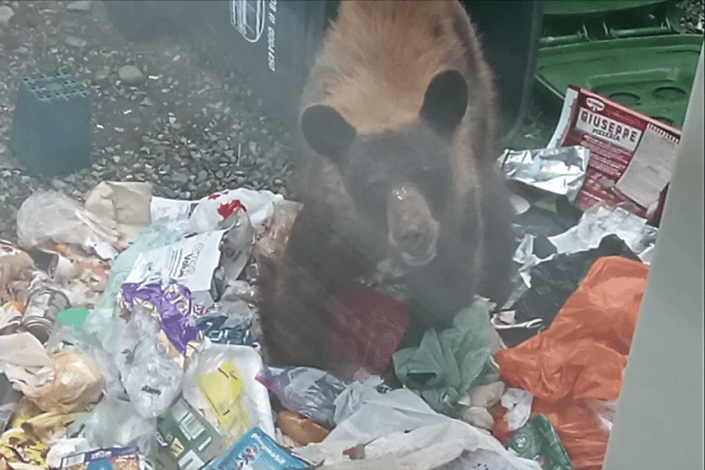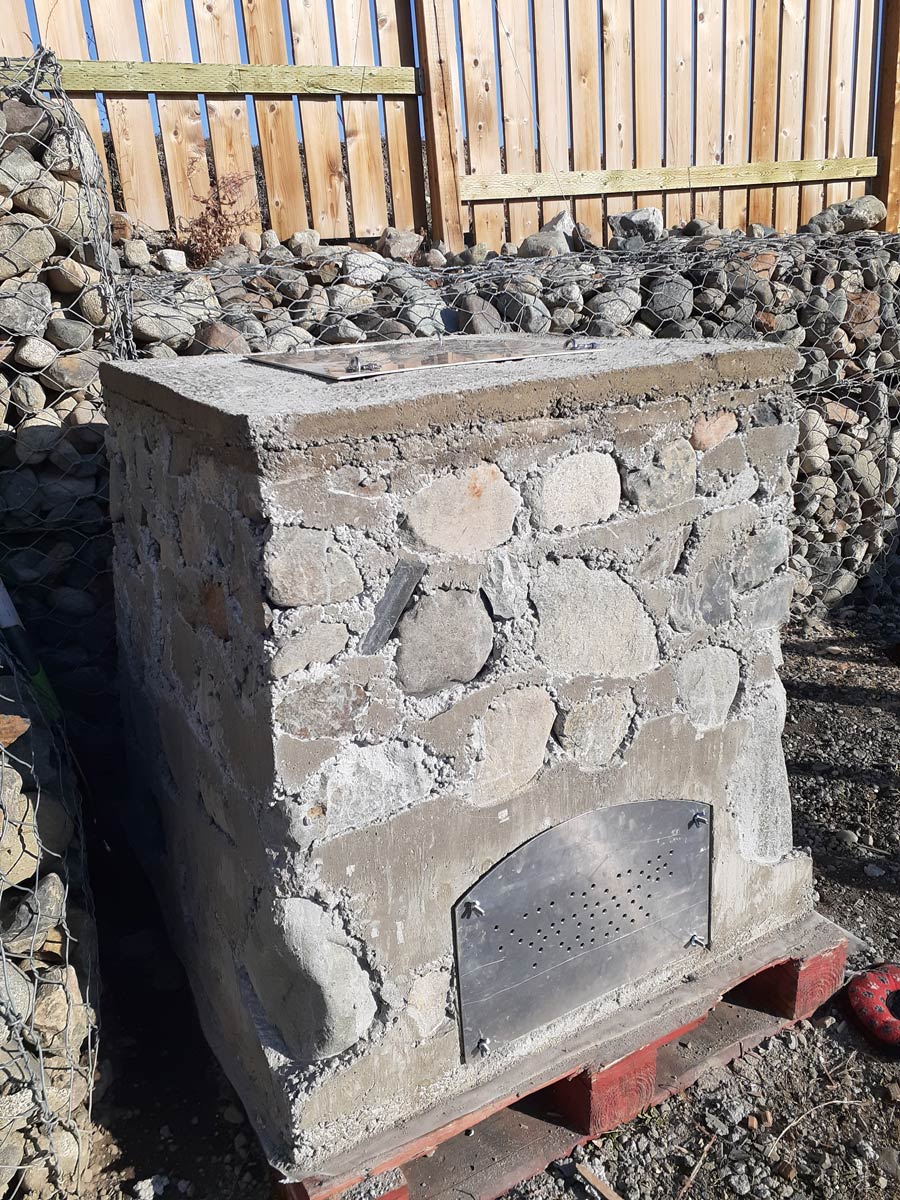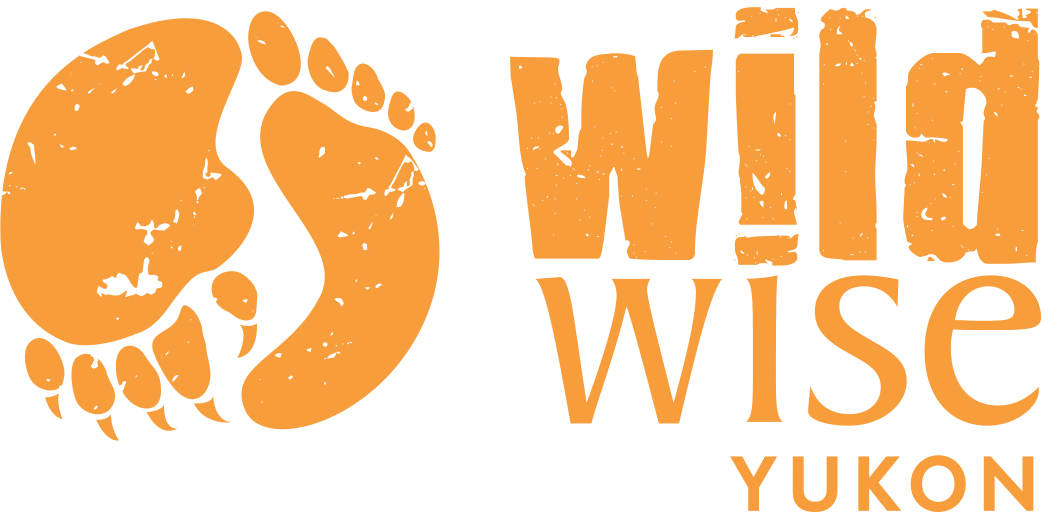Managing garbage and other wildlife attractants is the most effective way of reducing human-wildlife conflict. Everyone produces waste at home, at work, every time we purchase a product that is packaged and/or transported. Wastes include garbage, recycling, compost and hazardous materials and all may be attractive to wildlife. Reducing the amount of waste we produce and the number of negative encounters with wildlife both equal savings for tax-payers, governments and businesses and helps keep wildlife wild, alive, and contributing their valuable ecosystem services. Bears, for example, poop a lot, spreading seeds and fertilizing the areas they pass through. Some ecosystems might collapse without them.

Management roles
Municipal and First Nation governments provide waste containers and curbside collection within their boundaries. For example, In Whitehorse, the City of Whitehorse owns the polycart bins that are provided to each home within the Urban Containment Boundary (country residential folks manage their own waste). The City also manages the municipal landfill. They are responsible for enforcing waste management bylaws. However, there are no enforceable waste management bylaws which protect wildlife.
Yukon Government administers and enforces the Wildlife Act. It is an offence under this act to feed wildlife. A person can be charged with this offense if they leave attractants (chickens, used cooking oil, petroleum products, etc.) unsecured. However, a person can’t be charged with feeding wildlife if their garbage was in a receptacle that is approved by the entity responsible for waste management. The City of Whitehorse only provides bins that are fully accessible to wildlife.
That means it’s up to you to manage your attractants well!

COMPOSTING
Backyard and agricultural composting poses a unique problem for wildlife. While it is great for our gardens, great for waste diversion and a great way to remove CO2 from the atmosphere, it is also highly attractive to bears, rodents, birds and other wildlife. These are two practical options for managing a compost pile so wildlife doesn’t get into it. Electric fencing is the best option for larger scale, such as agricultural applications.
Other resources
- City of Whitehorse wildlife page
- Haul All Industries – bear tight products
- Clean destruction of municipal wastes – one possible solution to dealing with wildlife attractants
- Electric fencing for management of garbage, compost and other attractants
- Bear-Resistant Product Testing (WildSafe BC)
- IGBC Certified Bear-Resistant Products (Interagency Grizzly Bear Committee)
